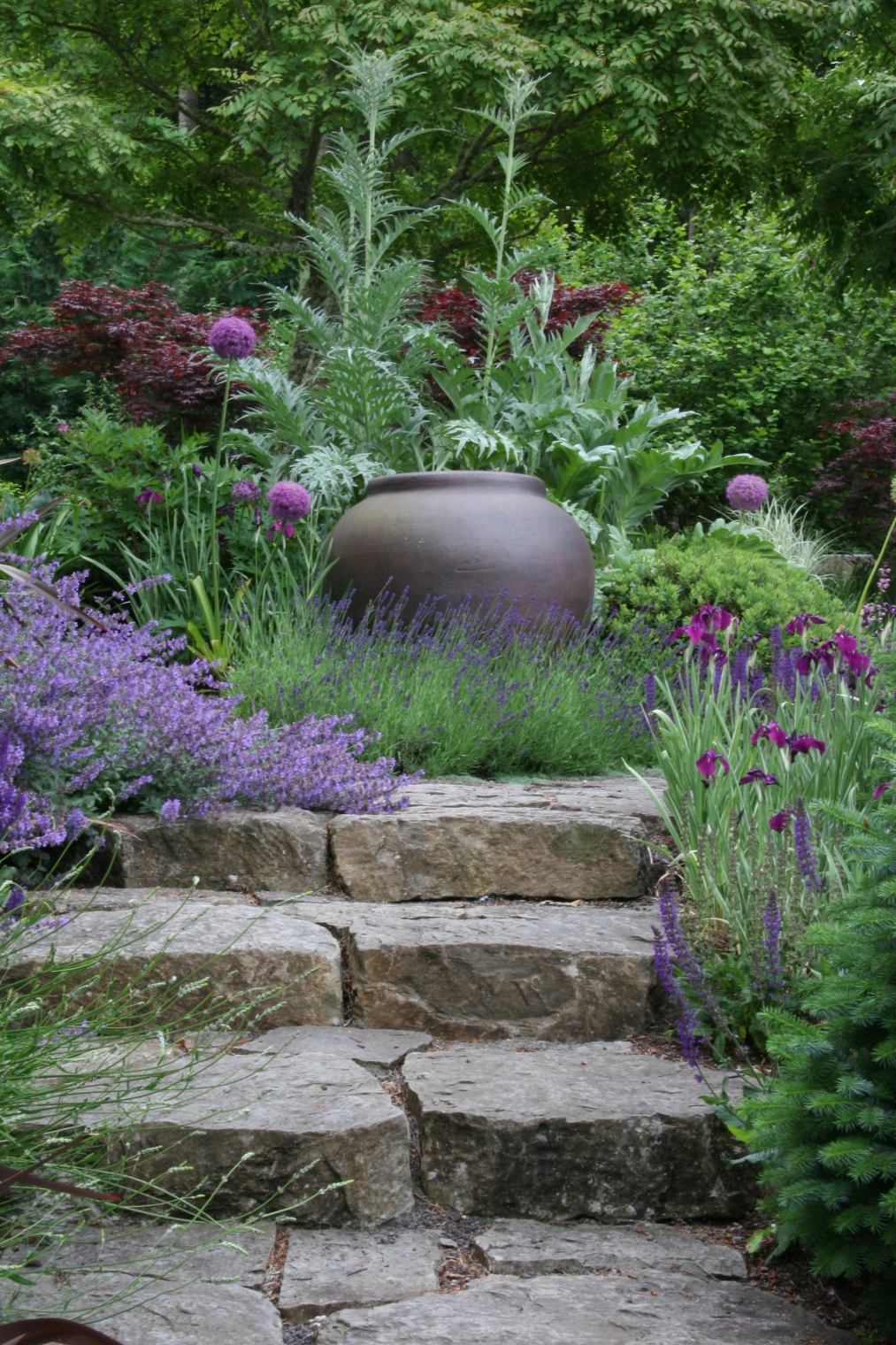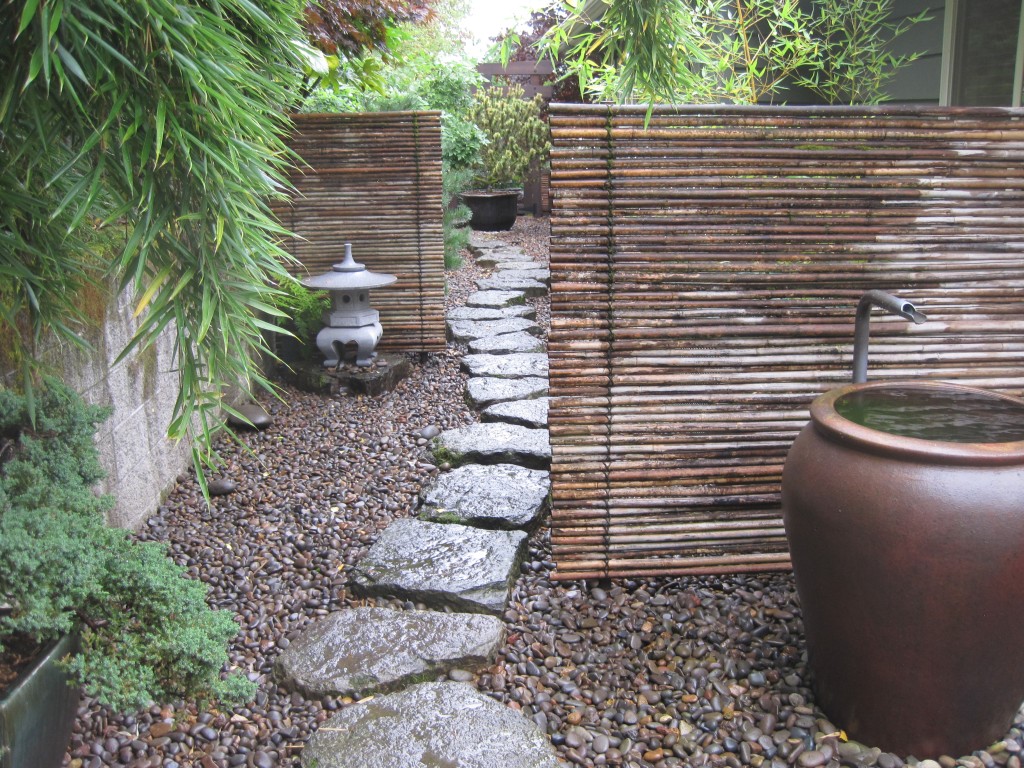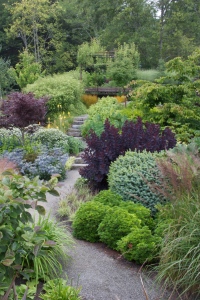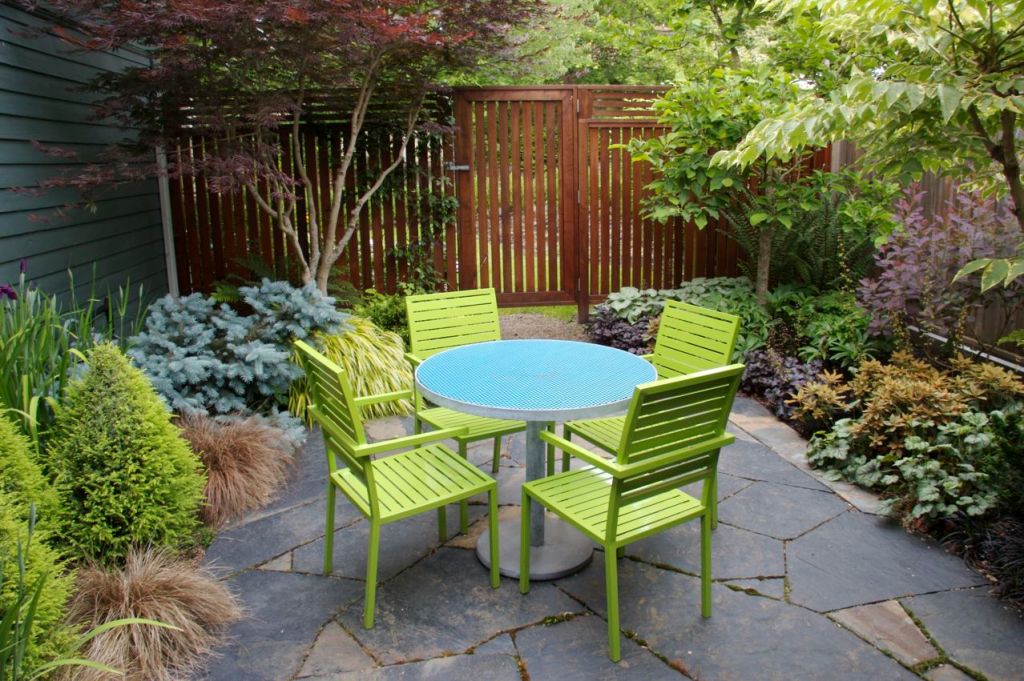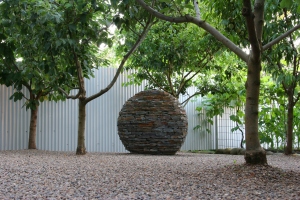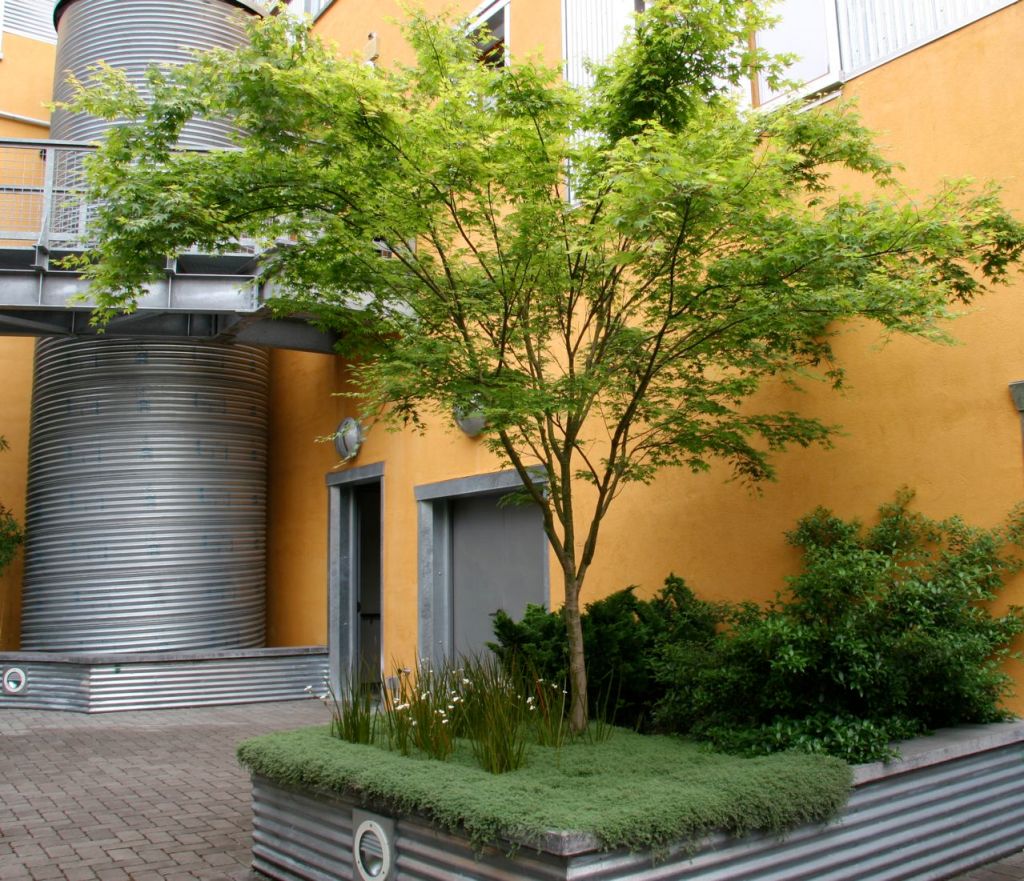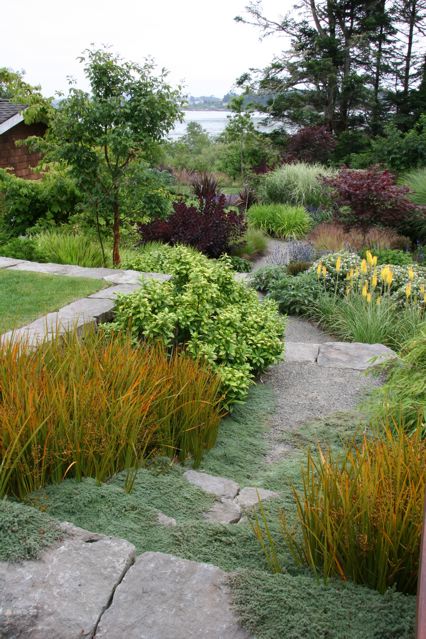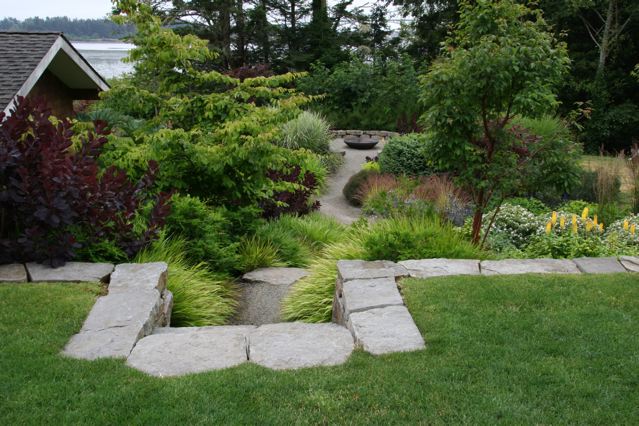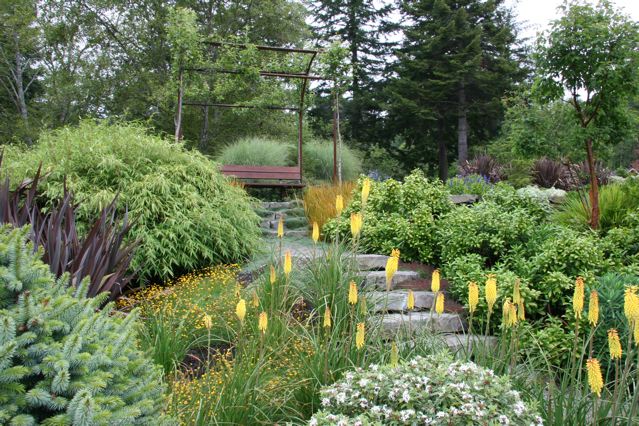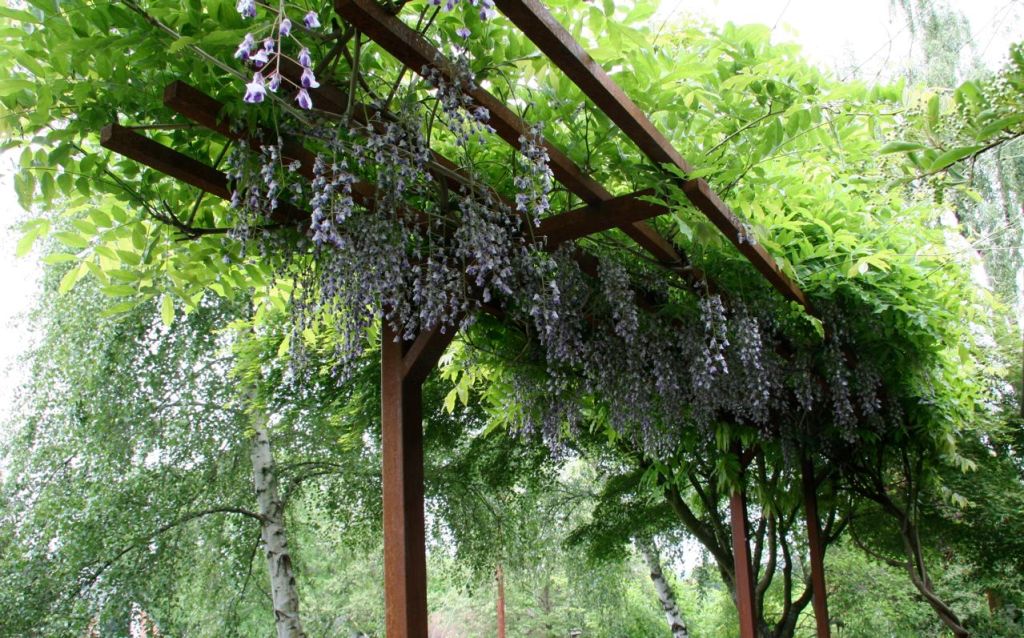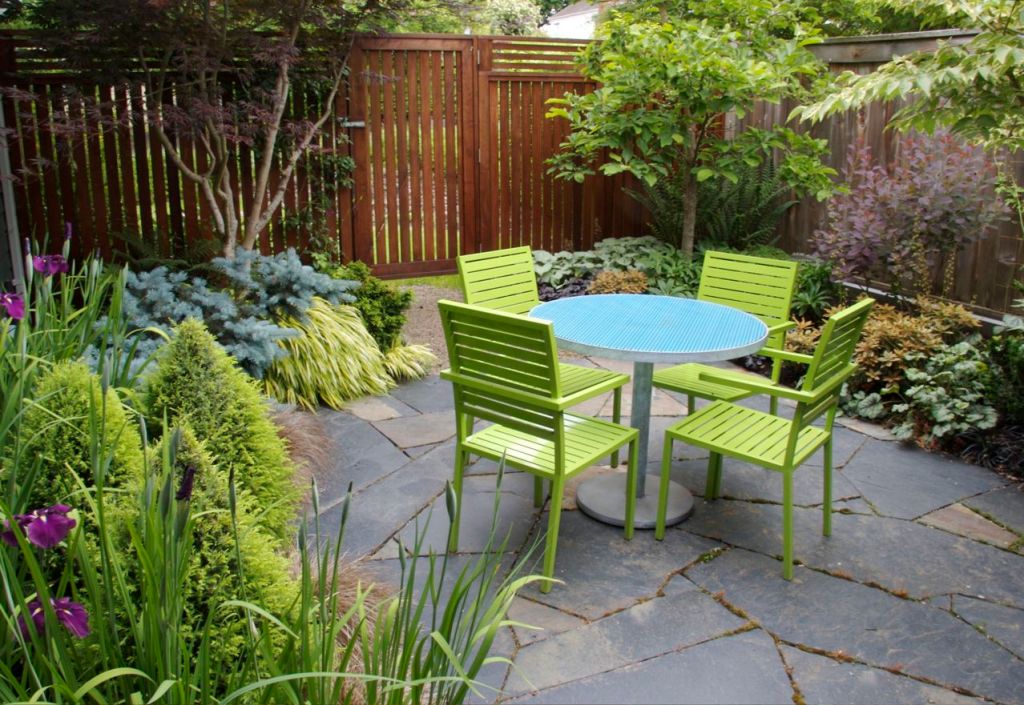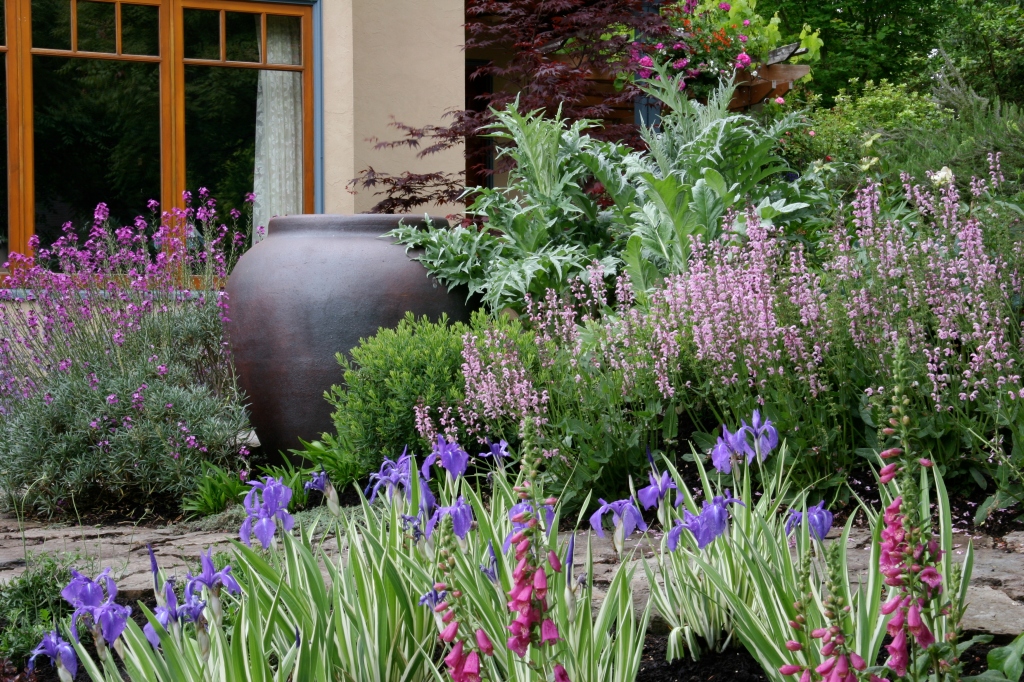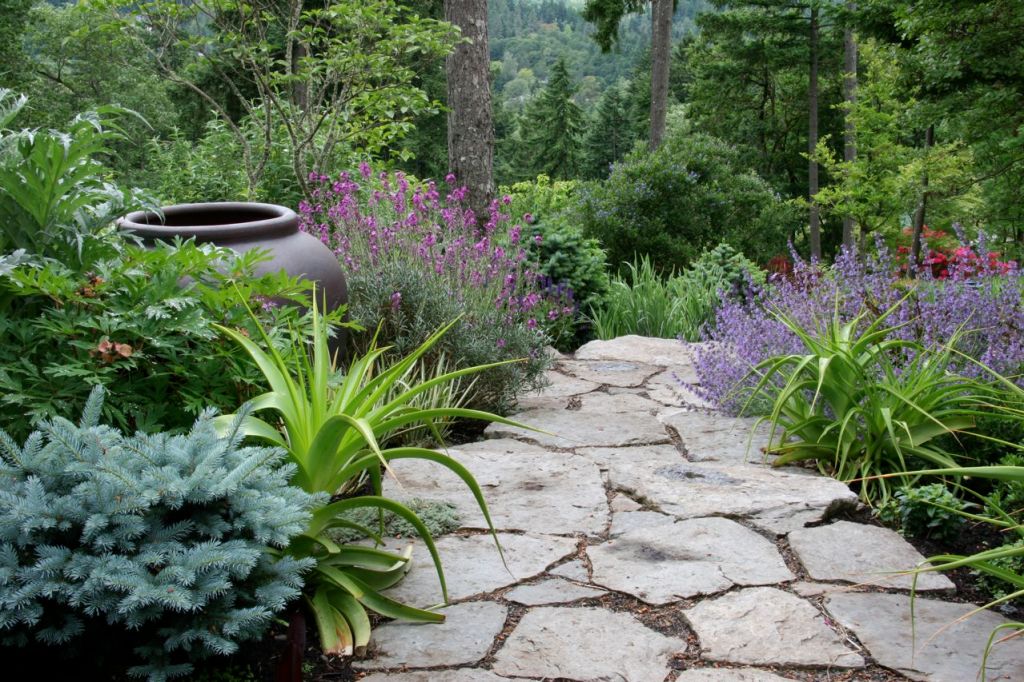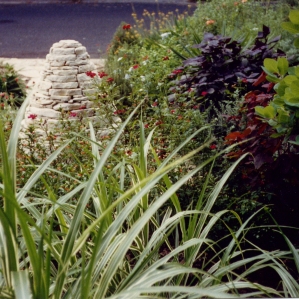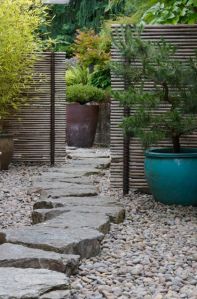Happy July! It's a busy time of year for Mosaic, but we've managed to add quite a few ideas and photos to the journal since the last newsletter. We discussed everything from our visit to the Ruth Bancroft Garden, to selecting containers for planting, to gardening with feathered and furry friends in mind and much more. Be sure to scroll through the journal when you're done here!
Stone is an essential element in much of Mosaic's work. One of our main reasons for being a design/build company is the intricate connection between form and function, and nowhere is this more important than in stonework. This newsletter shares some of the lessons gathered in years of working with stone. Whether you're an aspiring DIY stonemason or looking for the right pro to help build your hardscape, we hope this article will bring some inspiration and direction to your search.

Stone Design and Selection
When designing a garden, setting the overall layout of the hardscape is our first priority. Whether we're creating scaled drawings or just hand-waving, we seek to create a unified plan that balances the desired feeling of the garden with the limitations of the site, such as grade, dimensions, and relationship to the house. We try to design an entire space, say a front yard, at once, even if we only intend to build a portion of it immediately, so that we can be sure that the first phase ties into the following phases. We save all materials decisions until everyone is happy with the overall layout of paths, patios, walls and borders.
Once the general design has been set, decisions about which stone to use often fall into place. Aesthetic preferences play a big role, but the stone's desired function comes first. On important pathways, we generally select a very flat stone, with few surface irregularities to catch high heels or make less able visitors uncomfortable. A stone with a regular surface is a good choice for most patios, as well, as it is easier to de-wobble tables and chairs on a flat surface than one with more bumps and dips. Of course, a rougher stone can a beautiful choice for many spaces. In some gardens, we use a rougher stone in secondary paths, and a flatter stone for primary entrances and paths. If your heart is set on a rougher stone look, there may be a way to use it if you're careful in selecting, laying out and setting each stone. In our garden, we wanted to find a single type of stone from the Pacific Northwest that could be used for paths, walls and stairs - a tall order! At the entrance to our garden, we have a very few steps of the slightly rougher basalt that we chose, but we hand picked the best possible stones for each step.
While a stone may look perfect in photos or at the stoneyard, no natural materials just fall into place, and some are a major challenge for a novice stonemason. Regularity of shape and surface, workability and average size vary between varieties of stone, and each characteristic presents its own challenges and opportunities. Average size is a good example. Small stones are easier to move, but they are more difficult to stabilize. Discuss your options with the knowledgeable folks at your stoneyard. Be honest about your skill level, the amount of time you can dedicate to the project and the tools you have or are willing to rent or buy (some stones can only be cut with a big, heavy, gas-powered wet saw - not for the faint of heart!). Don't be offended if they suggest that you consider a man-made product, as those options are quicker, lighter, and all-around easier for the first-timer. That said, we've seen some pretty darn good natural stonework by amateurs who were willing to dedicate the time and attention to detail their stone demanded.
Once you've taken function and ease of construction into consideration, you may still have a few stone options for your project. Color is an obvious consideration, but don't forget to consider other attributes, such as the regularity of the pattern, the general size and texture of the stones, and the materials and colors of surrounding features, such as your house.
Goals
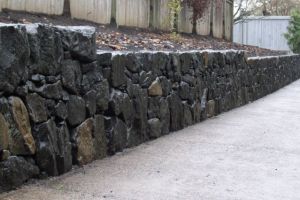
"When I start building, I don't set out to make a beautiful wall. My intention is a lasting structure. Throughout the day, I apply my efforts to the basic principles of drystone construction. If I follow them successfully, I'm likely to leave behind a pretty good-looking wall." - Dan Snow
In our opinion, really good stonework has a few recognizable attributes. If your work (or the work of the contractor is considering) shares these characteristics, you're probably on the right track:
- Base - Every stone project requires a solid foundation. In most cases, several inches of compacted sharp gravel is a good start, but discuss options and additions for your particular stone project. We often spend hours preparing our site before we lay the first stone, from setting the grade to excavation, moving base, grading, compacting, grading, compacting.... There is an unfortunate proliferation of "expert" advice floating around that claims you can more or less plunk stones on essentially unprepared soil. Ahem. Don't. Unless you're just not interested in the long term longevity of your work, do the base work.
- Careful layout - String lines are your friend. They make sure that your straight lines are actually straight, keep you at the right grade, and make for impeccably level walls. Make sure that water runs away from any structures and that the slope of your paths or patios are appropriate for their purpose.
- Tight gaps - We know of no better visual indicator of quality than consistently tight gaps in stonework. By taking the time to shape and place stones so that they leave little room between them, you lock the stones in place, creating a longer-lasting, stable product that is pleasant to walk on and beautiful. There are moments when a "stepping stone" effect can be nice, but we reserve this option for infrequently traveled areas.
- Stability - The wobble test. Even the best stonemason may have to re-stabilize a flagstone or two after their work is done, but the vast majority of stones should not move underfoot. Borders and the top stones of walls should also be firmly set.
- Dry setting - We rarely use mortar in walls and never in laying flagstone. Any good stonemason's work, mortared or not, is grounded in careful dry setting technique. Sometimes using mortar is preferable or necessary, but good, stable stonework should still be the foundation of your project.
- Time - The variation that makes natural stone so beautiful also demands thoughtful, sometimes slow work. Each stone requires a different approach, with an eye towards not just fitting into its space, but making the right platform or hole for the next stone. The rewards come slowly, but they do come, and, in the long run you will be happier with a well-built project than a quickly built one.
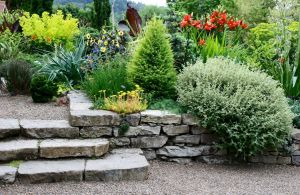
(Re)Sources
Dan Snow, the New England stonemason quoted in the "goals" section above, offers a much better and lengthier source for "how to" information than we can provide in our journal. His book In the Company of Stone is both a gorgeous collection of stonework photos and an invaluable resource. If you have a moment, check out his website and Flickr stream for lots of neat process photos.
We can't recommend Lane Forest Products highly enough. They are a great source and resource for your stone projects, and they offer a great selection of materials for any project. Their stone yard crew is pleasant and professional, even in scorching heat, and we're always happy with the quality of their products.
Last, but, we hope not least, we've put a small sampling of Mosaic's stonework and a slideshow of the construction of a dry stack wall (rerun from this post) below. See if we measure up to our own standards! Click on the images in the gallery for a closer look.
[gallery link="file" columns="4" orderby="title"]
[slideshow id=3458764513843874476&w=426&h=320]
